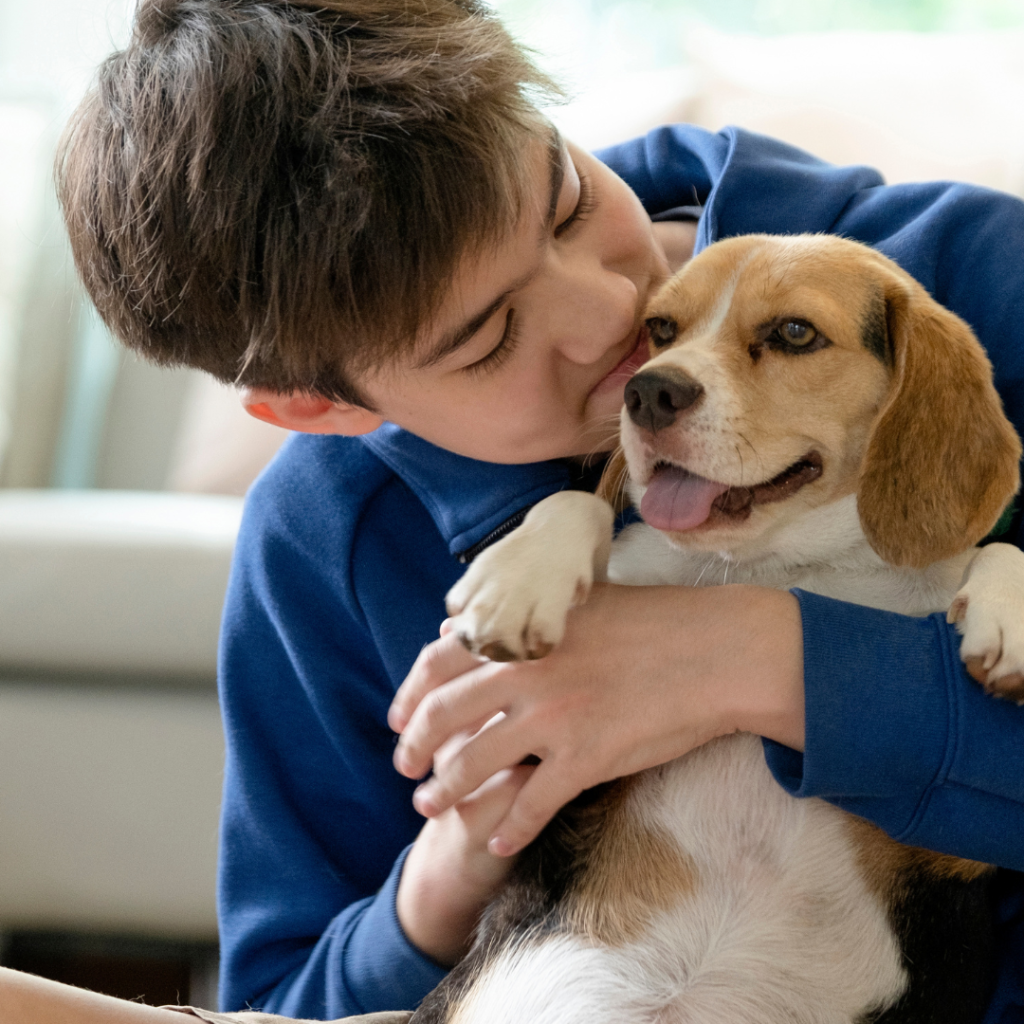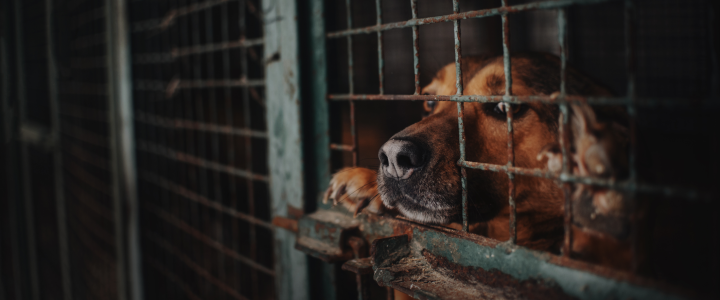Lost & Found Pets
When a pet goes missing, the experience can be deeply distressing, affecting not only you and your entire family - but your lost furry companions as well!
At SCAR, we're committed to keeping pets united with the families who cherish them. Therefore, to support you in these challenging moments, we've compiled some helpful information to enhance the chances of a heart-warming reunion between you and your four-legged family member!
But what if you're the one who found the lost cat or dog?
We've also included some helpful tips on what to do if you encounter a lost cat or dog. Following even some of these tips could play a crucial role in reuniting an animal with their family!
Together, we can ensure every pet finds their way back home!
What can I do if I've found a pet?
When you find a lost animal, never assume they don’t have a loving family searching for them. Things happen - dogs escape from yards, and cats run out front doors. Always remember that someone may have been looking for the animal you’ve found for a very long time, or they may have only just escaped and the person may not even be aware yet.
Always try to reunite an animal with their family by following these steps:
Cats

Approach with caution:
- If the cat is friendly
- They’re likely to be a local indoor/outdoor cat that has escaped from home.
- If the cat is shy or fearful
- Approach slowly and speak in a soft, calm voice.
- Use food to entice them over to you and gain their trust.
- Let the cat come to you.
- If the cat is sick, injured or too young to be on their own
- Contact your local vet clinic for advice immediately.
Check for ID:
- If the cat has a collar with a visible ID tag
- Contact the owners immediately to let them know you’ve found their pet.
- If the cat has no external ID:
- They may still have a microchip.
- Take them to your local vet clinic / shelter and have them scanned.
- If the cat has a microchip and their owner has kept their information up to date, they can be contacted and informed that their pet has been found.
Check with your neighbours:
- Take a photo of the cat and visit your neighbours.
- Do they know this cat? Do they know where they might live?
- Try as many homes in your street / the area where you found the cat as possible in every direction.
Get the word out:
Spreading the word about an animal you've found to your local community is the best way to alert a potential family and get the animal home!
- Advertise by using posters, flyers, and social media!
- Please include a clear photo of the cat, your contact details, where and when you found them, and any unique features that could help people recognize their pet.
- Distribute fliers to your neighbours and drop them in letterboxes around your neighbourhood / the area where you found the cat.
- Put posters up at your local shops, animal shelters and vet clinics, and on street poles where you found the cat.
- Keep info short and sweet - If people are driving past, they’ll only have 5 seconds to read it.
- Note: Always check with your Council regarding laws on displaying community posters.
- Get social and list the cat you’ve found on your local Lost and Found Community Pages.


Need some help?
If you want a quick and easy poster to use, try this A4 template from G2Z
All you have to do is type in the key details required, upload a photo, and hit submit, and you’ll be emailed a finished poster in seconds!
If, after all of the above, you cannot find the cats' owner, there are still things you can try:
Contact your local council:
- Contact your local council for their latest advice on what to do if you have found a stray cat.
- Ask if they have any suggestions on what you can do
- Note: In response to the current feline vaccination shortage, council pounds are either limiting their intake or not accepting stray cats at this time. SCAR, like many shelters, has never taken in stray animals directly from the public – they have always been transferred to us from the pound. With minimal feline vaccinations left in our supply, please note that our intake of council transfers is also VERY limited.
Other Solutions:
- Contact SCAR if you’re struggling financially and need help to feed any cats you are caring for during this period.
As a last resort:
If you have tried all of the above strategies, consider the following:
- If the cat is healthy, and you found it in a safe location (far away from heavy traffic, dogs and other hazards, etc.), leave the cat where you found them, and keep an eye on them.
- It may seem cruel and counterintuitive, but most cats you see outdoors do not need immediate intervention and can be left where they are as long as they have access to food and water.
Please watch this space for further updates as this situation unfolds. Please know we appreciate your patience and are doing everything we can for the cats in our community!



Dogs
Approach with caution:
- If the dog is friendly
- They’re likely to be a local pet that has escaped from home.
- Try to contain them as soon as possible on a lead or (if you can) in a safe area away from traffic or other hazards.
- If the dog is shy or fearful
- Approach slowly and speak in a soft, calm voice.
- Use food to entice them over to you and gain their trust.
- Let the dog come to you.
- If the dog is sick, injured or too young to be on their own
- Take them to your local vet clinic immediately.
- If the dog is behaving aggressively
- Stay away! You need to keep yourself (and the dog) safe.
- The dog may be frightened or in pain.
- Contact your local council immediately.

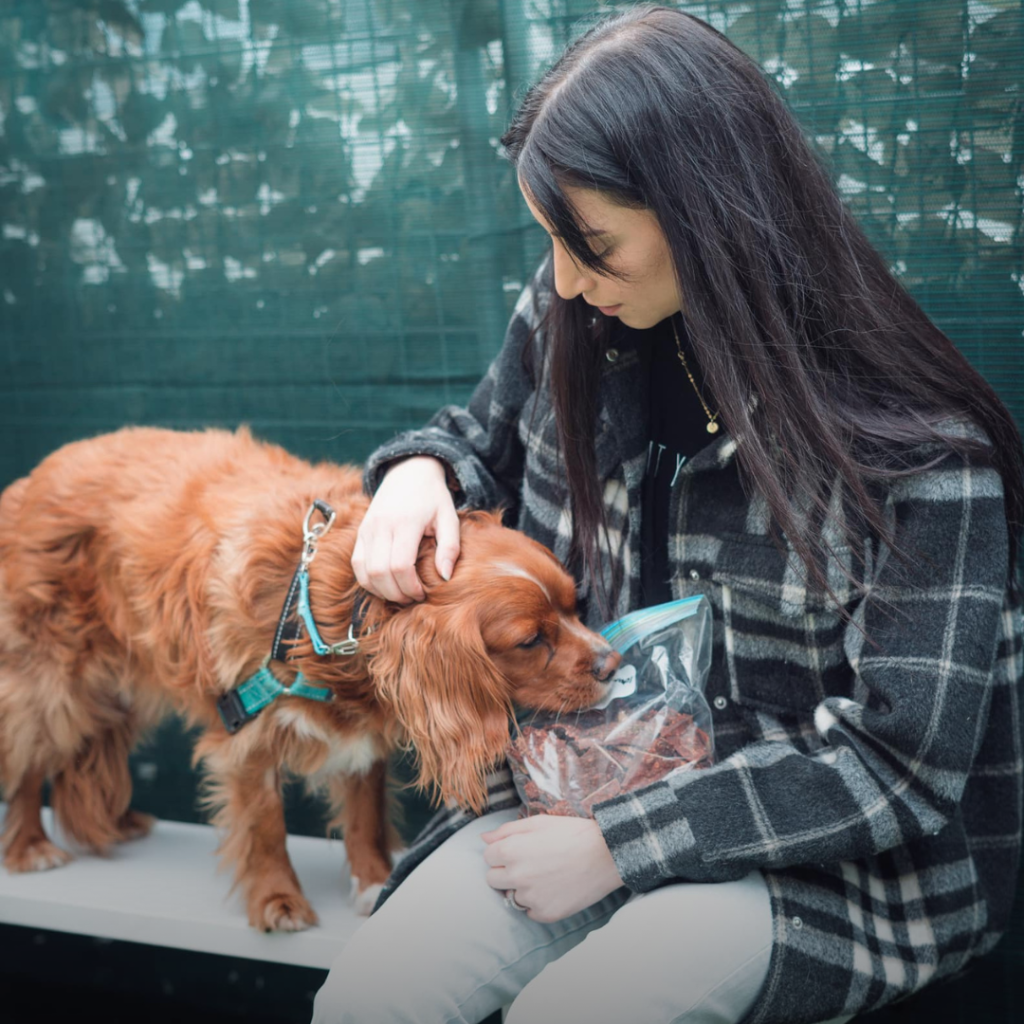

Check for ID:
- If the dog has a collar with a visible ID tag
- Contact the owners immediately to let them know you’ve found their pet.
- Notify the closest vet clinic / shelter to the owner in case they contact them in search of their pet.
- If the dog has a visible Council Registration Tag
- Call the council and give them the number on the tag in the hopes that the animal can be reunited with their owner.
- If the dog has no external ID:
- The animal may still have a microchip.
- Take them to your local vet clinic / shelter to have them scanned.
- If the animal has a microchip and the owner has kept their information up to date, they can be contacted and informed that their pet has been found.
Check with your neighbours:
- Take a photo of the dog and visit your neighbours.
- Do they know this dog? Do they know where they might live?
- Try as many homes in your street / the area where you found the dog as possible in every direction.
Get the word out:
Spreading the word about an animal you’ve found to your local community is the best way to alert a potential family, and get the animal home!
- Advertise by using posters, flyers, and social media!
- Please include a clear photo of the dog, your contact details, where and when you found them, and any unique features that could help people recognize their pet.
- Distribute fliers to your neighbours and drop them in letterboxes around your neighbourhood / the area where you found the dog.
- Put posters up at your local shops, animal shelters and vet clinics, and on street poles where you found the dog.
- Keep info short and sweet - If people are driving past, they’ll only have 5 seconds to read it.
- Note: Always check with your Council regarding laws on displaying community posters.
- Get social and list the dog you’ve found on your local Lost and Found Community Pages.
Need some help?
If you want a quick and easy poster to use, try this A4 template from G2Z
All you have to do is type in the key details required, upload a photo, and hit submit, and you’ll be emailed a finished poster in seconds!

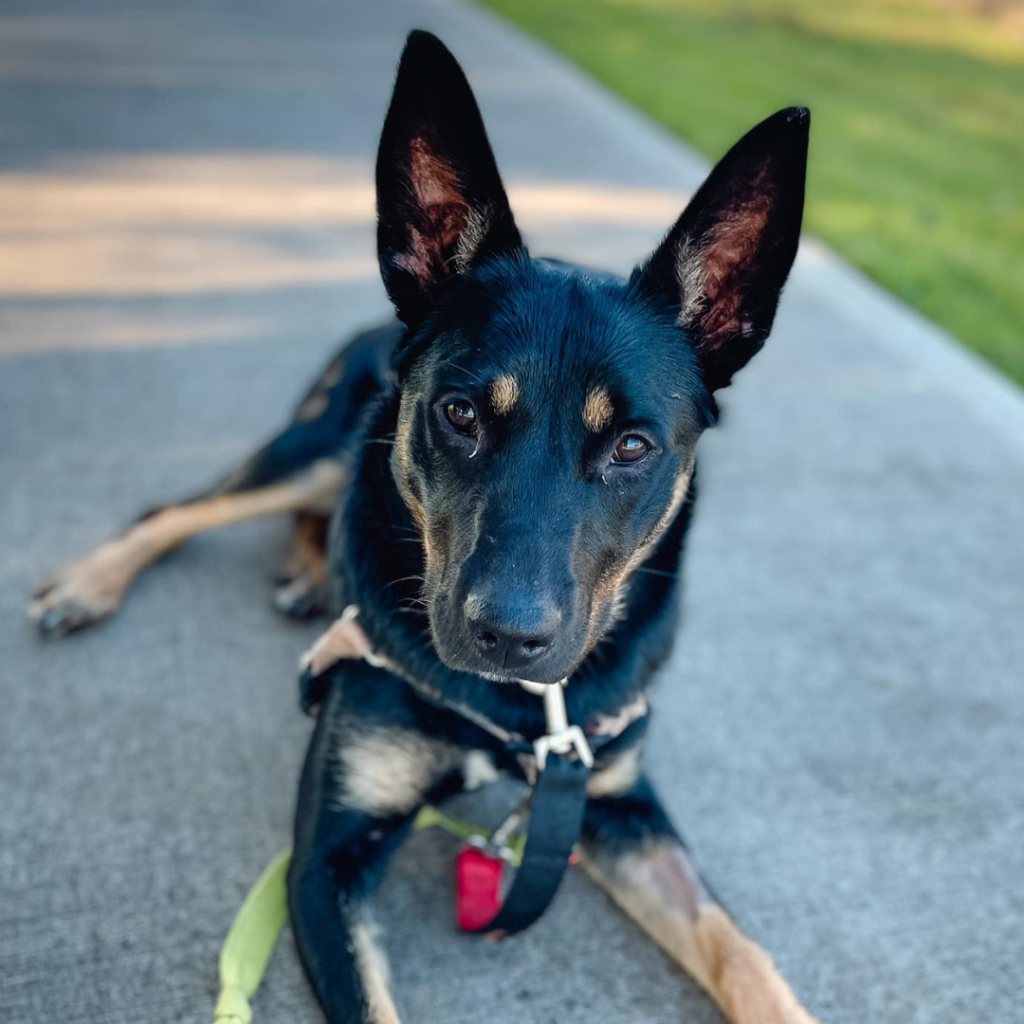
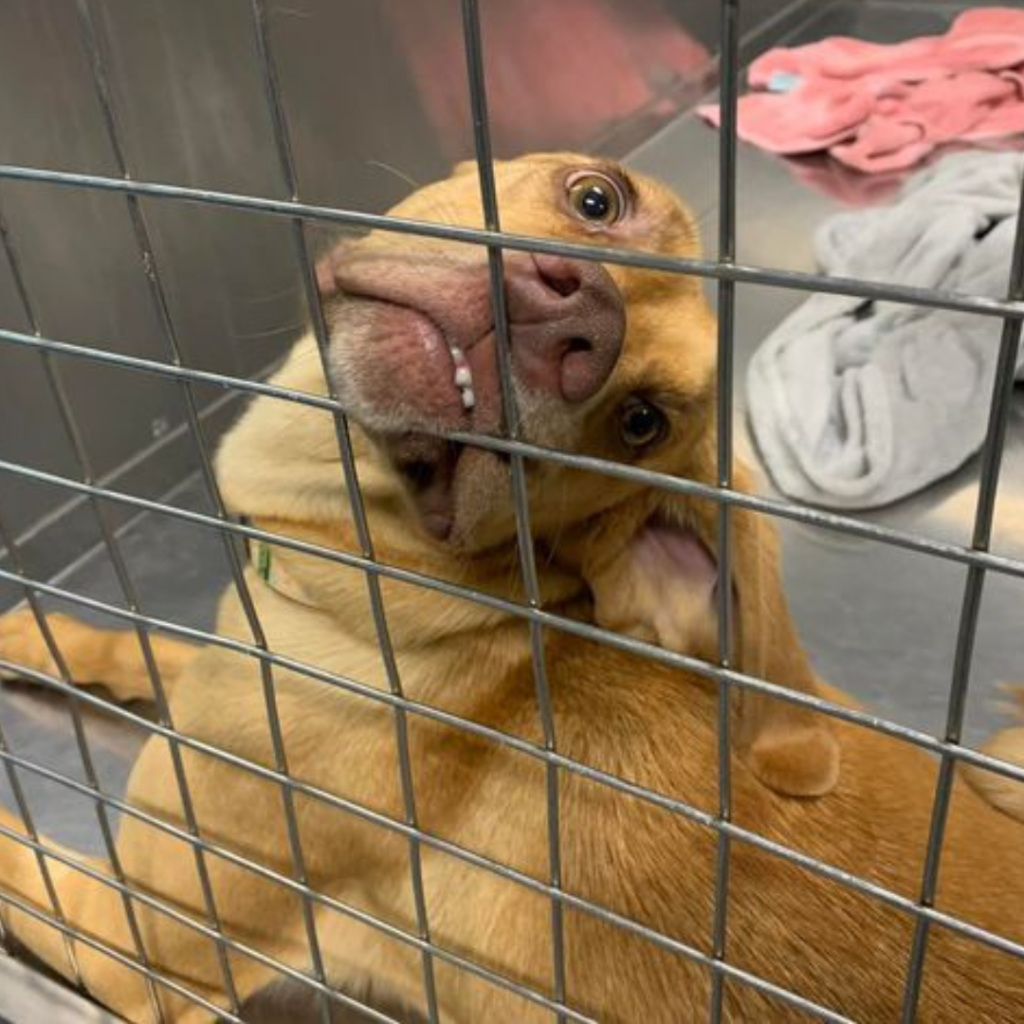
Contact your local vets, shelters & pounds to report that you’ve found the dog:
- Try to think of all the places you would call if your dog went missing. Then try contacting them and let them know you’ve found a dog instead.
- Provide them with a detailed description of the dog and your contact details so that they have all the info if the owner contacts them.
Contact your local council:
Like many shelters, SCAR cannot accept stray animals directly from the public, and any strays we take in have been transferred to us from the pound
Note: We understand that some people may be reluctant to contact the council to collect an animal, as they fear for the animal’s outcome once they reach the pound. Pounds can be a scary place for pets – but by Victorian Law, a stray animal must be taken to your local council/pound for their mandatory stray holding period. This is to give their owner time to find them - and given most people call the council/pound first when their pet goes missing – it's often a family’s best chance at being reunited with their pet.
If you cannot find the dog's owner, and you are unable to care for them until their owner is found:
- Contact your local council to come and collect the dog so that the dog can be held in their pound/ shelter.
- You can always ask your local council how long the dog's stay will be at the pound and what the next steps are:
- Do they rehome dogs directly from the pound?
- Do they transfer to local animal shelters / rescue groups?
- Do these organizations have high rehoming rates?
- If you would like to adopt the dog if an owner does not come forward
- You can usually leave your contact details with the pound, who will pass these on to the organisation the dog gets transferred to, and if their owner is not found, they will contact you.
What can I do if I've lost my pet?
Double-check your home & garden:
- Check inside your home, garden, amongst bushes, and in and around vehicles.
- Think about your pet’s size – what is at their level they could be hiding in or under? Cats especially can fit into even the tiniest of gaps and spaces!
- Don’t forget to grab a torch and check underneath your house, decks, sheds, and other dark spots.
- Hot Tip: your pets’ eyes are reflective to light!
- Don’t forget to look up high for cats – trees, shelving, inside or on your roof – they may have jumped up there at some point and no longer feel safe to come down.
Check-in with your neighbours:
- Have they seen your pet? Would they mind if you searched their property?
- Try as many homes in your street as possible in every direction.
Searching the area:
- Head out on foot and in the car.
- Search within a 20km radius of your home / the area where your pet was last seen.
- Make sure you take a lead / cat trap with you in case you find them.
- Bring any favourite squeaky toys / treats to help lure your pet out.
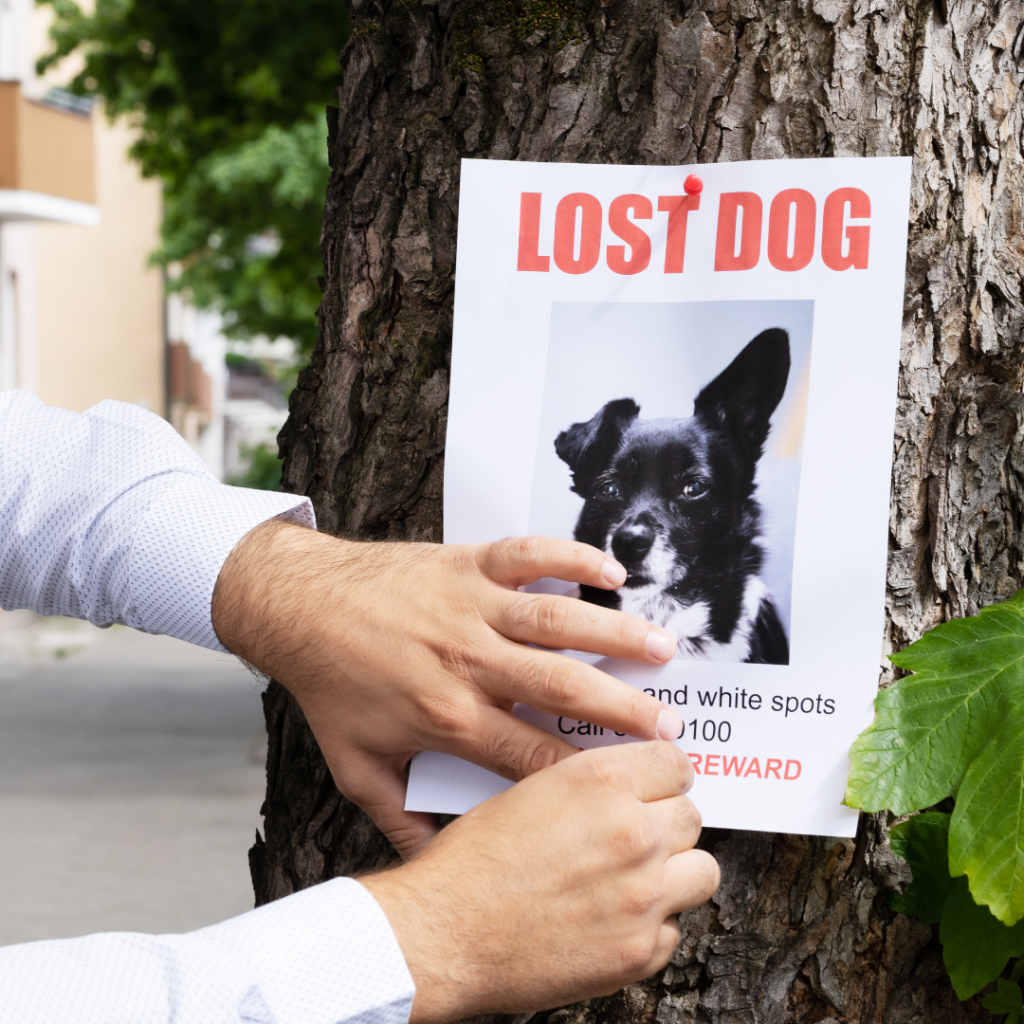


Get the word out:
Spreading the word to friends, family and the local community is the best way to make people aware that your pet is missing and get them to join you in your search.
- Advertise by using posters, flyers, and social media!
- Please include a clear photo of your pet, your contact details and any other information that could be useful, such as the date and area your pet went missing or any unique features that could help people recognize them.
- Distribute fliers to your neighbours and drop them in letterboxes around your neighbourhood / the area where your pet went missing
- Put posters up at your local shops, animal shelters, vet clinics and on street poles in the area where your pet went missing.
- Keep info short and sweet - If people are driving past, they’ll only have 5 seconds to read it!
- Note: Always check with your Council regarding laws on displaying community posters.
- Get social and share posts on any platform you’re a part of
- Encourage your network to share them with their friends and family
- Find your local Lost and Found Community Pages and list your lost pet there as well.
Need some help?
Feeling overwhelmed and want a quick and easy poster to use? Try this A4 template from G2Z
All you have to do is type in the key details required, upload a photo, and hit submit, and you’ll be emailed a finished poster in seconds!
Contact your local vets, shelters & councils:
- The very first day your pet goes missing, contact your local council, shelters, pounds and vet clinics and provide them with a detailed description of your pet as well as your contact details.
- Remember:
- A concerned member of the public won’t always live locally to you and may have taken your pet to their local clinic / shelter.
- Even if your pet was taken somewhere local to begin with – stray animals usually need to be held at a council pound facility or Animal Welfare facility, which may not be close by.
- Ask your council where the pound-holding facility is for your area.
- Pounds and shelters are legally required to hold a healthy stray animal for eight days, so don’t just visit / call once; do it regularly, as your pet may have been brought in days or weeks later.
Update your pet's Microchip Details:
- When a lost pet finds their way to a shelter, pound or vet clinic, the very first thing we do is scan them for a microchip.
- Ensuring your details are up-to-date is the fastest way to ensure your pet finds their way home to you if they end up lost.
- You can check / update your details by contacting with your pet’s registered microchip company.
- Note: You can also register your pet as missing on their microchip here!
- To find out which microchip registry your pet is listed on, visit Pet Address and search for your pet’s microchip number.
- If you're unsure of their microchip number, call your vet, as they should have the details in your pet's medical history.
Repeat!
- Keep on searching, continue calling to check in on everyone you’ve contacted to see if there are any updates, check in on your neighbours to see if they’ve had any sightings, and repost your flyers, posters, and posts on social media!
- The fresher your attempts are, the fresher your pet is in the minds of those searching for them!
- Don’t lose hope, and don’t give up!
When your pet is found:
- Once you’ve taken some time to enjoy your reunion, don’t forget to contact your neighbours, vet clinics, council, shelters, pounds, businesses, etc and let them know the happy news!
- Take down your posters and update your posts on social media to let people know your pet is home!
- If you registered them as missing on their microchip, don’t forget to update this again!
